THESE BOOTS WERE MADE FOR WALKING
My Favorite Walking Safaris
There are many wonderful ways to experience the wildernesses and landscapes of your vacation destination, but for me, taking to the trails on a walking safari is the most comprehensively immersive activity of all.
To step from your vehicle in the middle of the Mara, feel the earth beneath your feet, stand in silence and simply absorb the sights and sounds and smells of the plains is a true awakening.
So too are myriad foot-borne excursions you can undertake across the continents, from the chill air and warm smiles of Bhutan to the consuming jungles and rainforests and reefs of Australia.
Join me on a gentle stroll through seven of my favorite walking safari experiences around the world:
The Big Cats of India
Few can deny the captivating allure of the big cats. From the lions and cheetah of Africa to the panthers and jaguars of the Amazon, the power, elegance and elusiveness make them almost ethereal.
The Bengal tiger is possibly India’s most iconic animal, second only perhaps to the Indian elephant.
While slightly smaller than its sibling and largest big cat in the world, the Siberian tiger, one will be awe-struck at its size when witnessing a Bengal tiger for the first time.
India’s Satpura Tiger Reserve allows you to trek on foot – accompanied by a guide, of course – and if lucky, you may even come across a tiger cooling off in the summer heat in the waters of the Sonbhadra River.
Far to the north, in the foothills of the Himalayas, lies Ladakh. The antithesis of the warm, wooded grasslands of Satpura, Ladakh is cold and mountainous. While average summer temperatures can reach 77ºF (25ºC), they can plunge to below zero at night. However, winter is the time to go for the mysterious ghost of the Himalayas – the snow leopard.
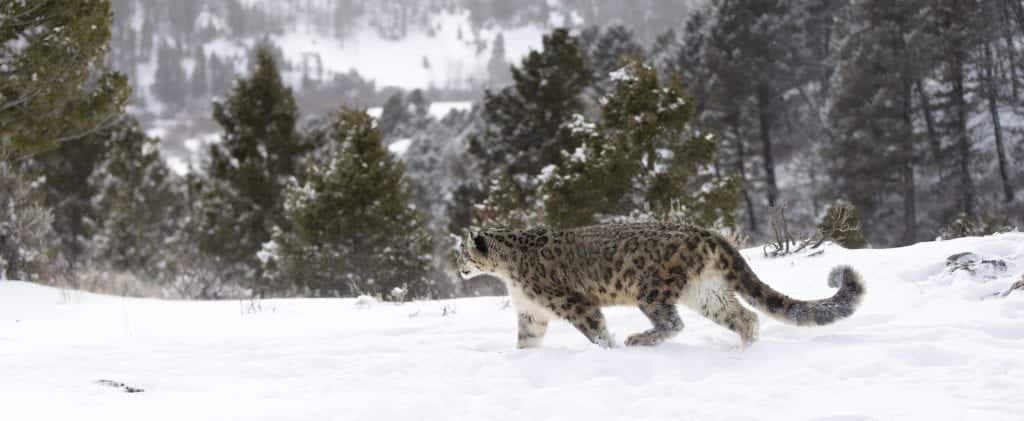
Hiking through the Himalayan lowlands in search of one of the most secretive animals in the world is not for the faint-hearted, but you also don’t need to be a professional mountain climber. Guided day hikes through Hemis National Park present a resplendent panorama at every step, and experienced guides will provide your best chance of seeing this reclusive cat in its natural habitat. However, with golden eagles, yaks, brown bears, Tibetan antelope and wolves, as well as some of the highest peaks on the planet and a wealth of Buddhist culture and architecture on offer, the snow leopard is just one of the region’s attractions.
Discover more from our Travel Designer, Viji Krishna: www.rothschildsafaris.com/blog/big-cat-trekking
The Tiger’s Nest, Bhutan
Like its southern neighbour, Bhutan is home to authentic tigers, but the stripey quadrupeds aren’t included in the country’s most renowned trek.
Clinging to the cliffside towering over the Paro Valley, Paro Taktsang – the Tiger’s Nest – is a 330-year-old Buddhist temple, located in what is thought to have been a teaching place of Padmasambhava, the forefather of Tibetan Buddhism.
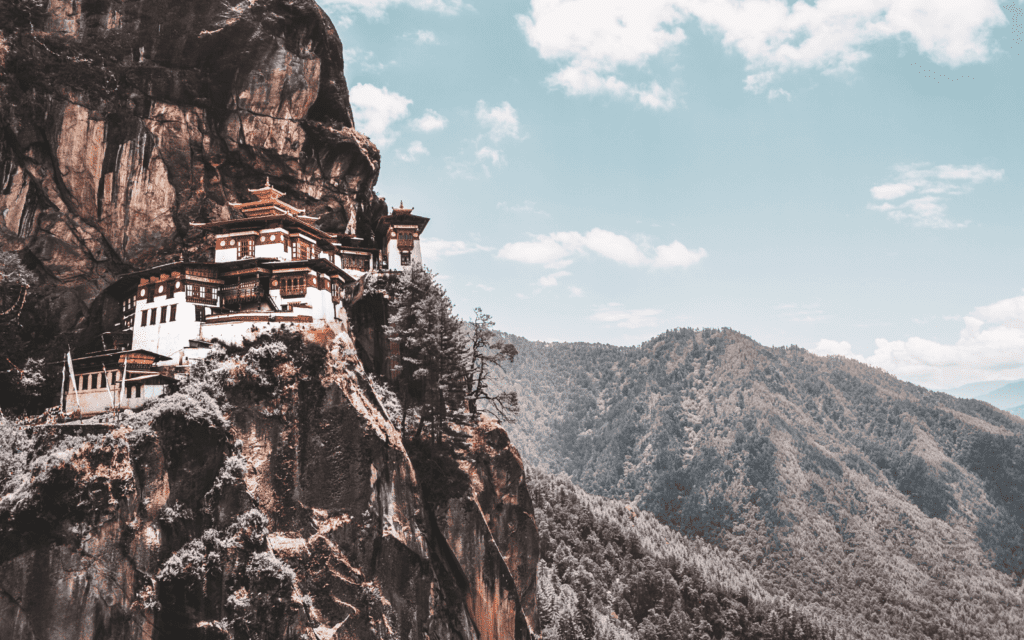
This spectacular monastery is only attainable on foot, with several routes leading up the 3,000-foot (900-meter) perimeter of the Paro Valley. Though appearing terrifyingly precarious, the trek is actually fairly achievable by anyone in reasonable health, but at over 10,000 feet (3,000 meters) above sea level, the altitude is a greater challenge than the hike.
All the more humbling is to see elderly farmers making their daily pilgrimage to this deeply spiritual place, offering a wide, amiable smile to all who pass without a single gasp for air or bead of sweat upon their brow!
Bhutan is an exceptional destination, but strict tourist policies require a $250-a-day visa to be obtained and internal travel, though perfectly achievable, needs significant planning and forethought.
Fish River Canyon, Namibia
Within its borders, Namibia holds numerous incredible hiking opportunities, from national parks and the austere Skeleton Coast to the towering dunes of Sossusvlei and wide expanses of arid grasslands. For dedicated hikers, the world’s second largest canyon holds the greatest appeal.
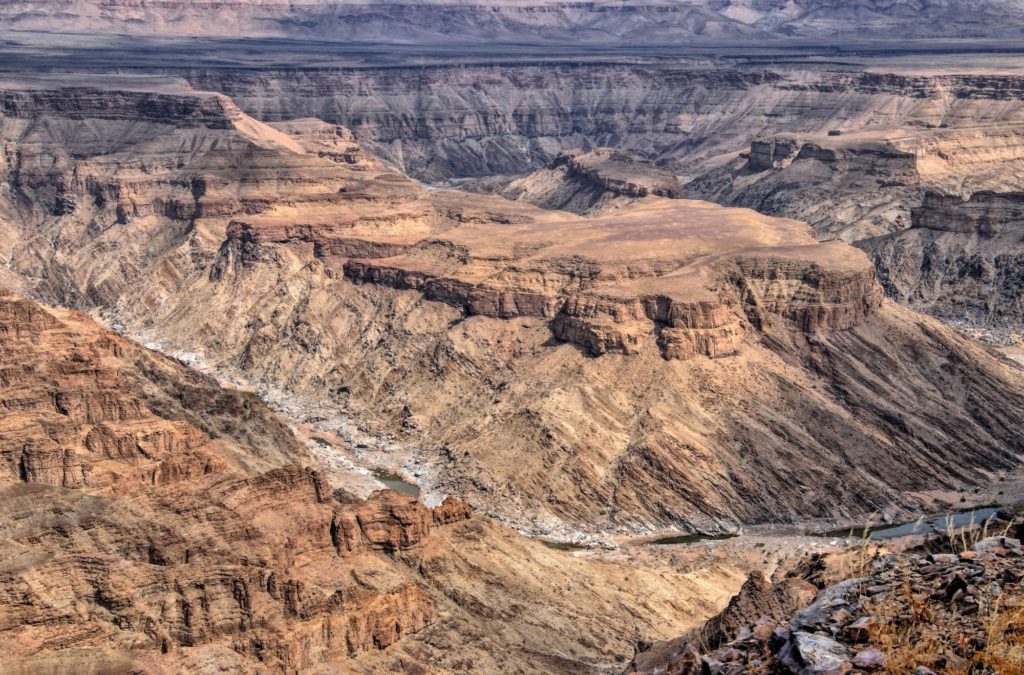
The rim of the canyon offers numerous shorter walks, but a committed four-to-five-day walking safari is the only way to truly explore its depths. Reports range from moderately challenging to relatively easy for the experienced hiker, but planning, guidance and advice are absolutely essential.
The multi-day trek culminates in the soothing hot springs of Ai-Ais, offering welcome respite to tired limbs and sore feet. One can expect to see giraffe, mountain zebra, oryx, kudu, springbok, ostrich and leopard on their journey, with spectacular scenery surrounding you throughout the day and an unfettered canopy of stars blanketing you every night.
The Daintree Rainforest
Australia’s Daintree region is a walk back in time, with living dinosaurs, lush rainforests and pristine beaches on offer. Most walking safaris are in the shorter range, but the remarkable scenery, flora and fauna make the numerous trails well worthwhile. The prehistoric cassowary is one of the region’s biggest celebrities, though these antisocial birds should only be observed from a distance, just like the crocodiles which lurk in the waterways in certain areas. But don’t worry – you will always be cautioned and kept safe!
For those searching for a longer trail, the Mount Sorrow Ridge walk is a day-hike with impeccable views. A six-hour round-trip, the track requires a little scrabbling and exertion, but with an incredible panorama from the summit it is well worth the effort.
Daintree Eco Lodge is a wonderful base camp – a rather luxurious and accommodating base camp, that is – and the friendly local staff are familiar with many of the walking trails and hikes to recommend.
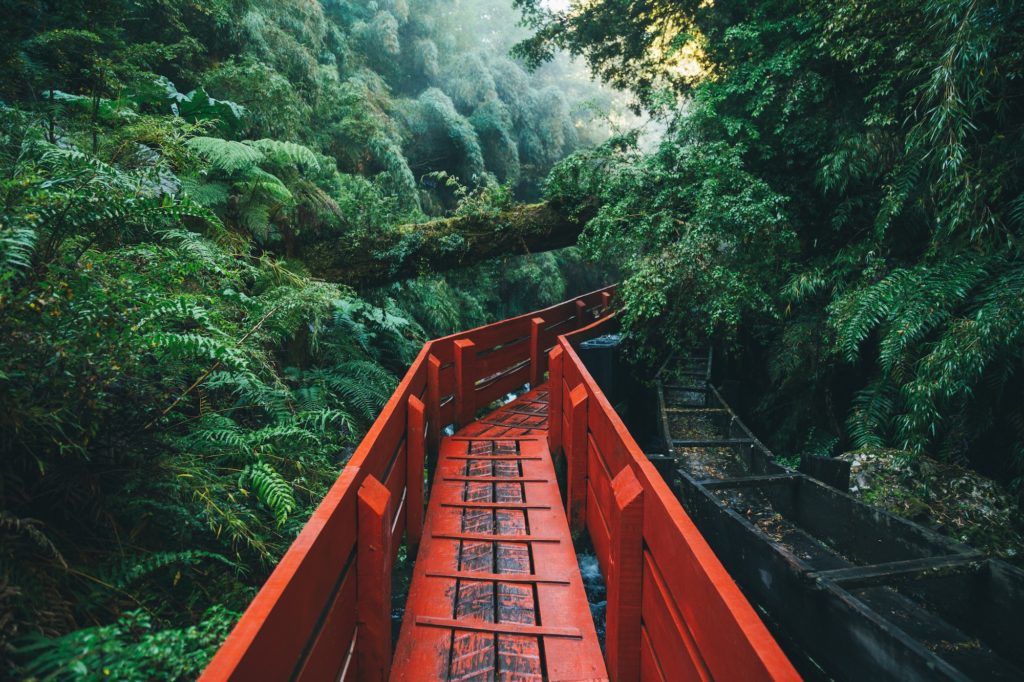
Walking with Elephants in Botswana
Though perhaps not a walking safari as such, Botswana offers one of the most memorable foot-borne experiences.
Let me begin by stating that Rothschild Safaris adamantly opposes any form of animal exploitation, and also that wild elephants can be highly territorial and dangerous.
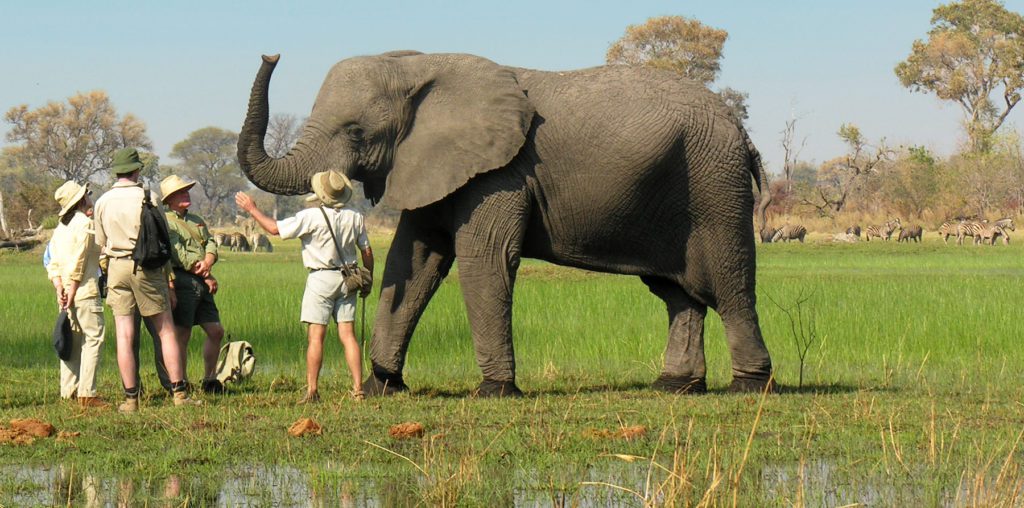
Botswana does, however, provide several opportunities in which to walk with these majestic gentle giants. Sanctuary Baines’ Camp, on the borders of Moremi National Park aligns with the Living with Elephants Foundation, a fantastic organization that rescues African elephants to be rehabilitated and released back into the wild.
This wonderful foundation is acutely aware of the elephants’ wellbeing, both under their care and after release, but invites small parties to share time with their nasally endowed guests.
Likewise, Abu Camp has rescued an entire herd, with elephants of all ages now safe within this sanctuary. With divine accommodation available, this 180,000ha (445,000 acre) private concession is a bastion of elephant conservation and is helping to protect these adorable creatures and increase their numbers. Walking with the elephants, watching them bathe and discovering their unique traits and personalities is quite simply magical.
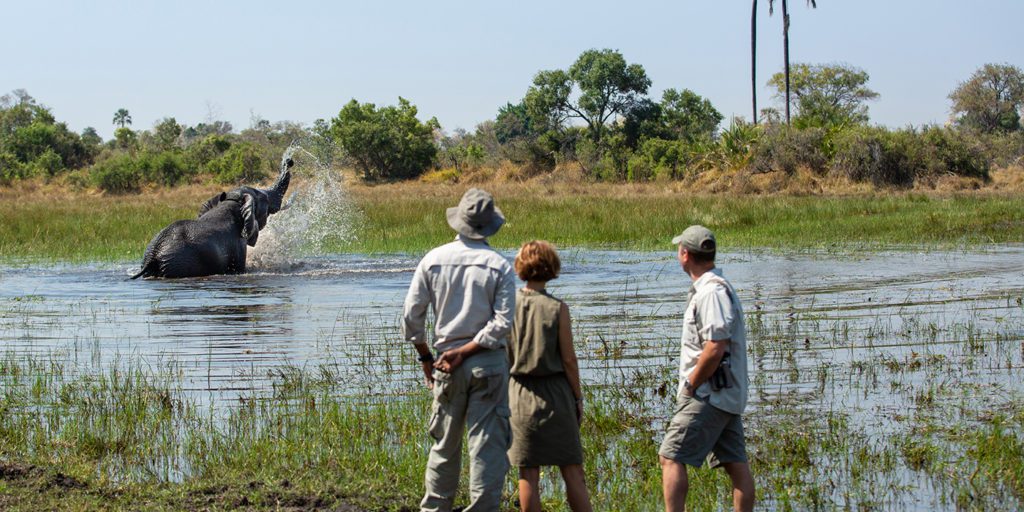
Learn more: www.rothschildsafaris.com/blog/botswana-our-top-5-experiences
Kenya with Kids
There are, of course, many vacations upon which little legs must be taken into account, and Kenya is a superb solution.
It begins with Lake Naivasha, or more precisely, the island at its center. Crescent Island is a 15-minute boat ride from shore across the lake teeming with hippopotamus. Your experienced pilot will take care to avoid them, but they will invariably pop up to investigate your passage from afar.
Once alighted, you are free to wander the 45 square miles (139 km2) of Crescent Island sanctuary, home to many of Kenya’s more amicable mammal and bird species.
You are given a departure time and are then free to stroll as you please, giving you plenty of time to experience this liberating taster of the wilds of Africa.
Five years ago, I took my two girls, then 9 and 10 years old, to the Maasai Mara, introducing them to an African walking safari in one of the best ways possible. Expert guides incorporate the younger members of your party in the day’s activities, teaching them safari etiquette and protocol, as well as revealing the secrets of the land and the messages in the dirt; the tracks and prints, the spoors and the plantlife.
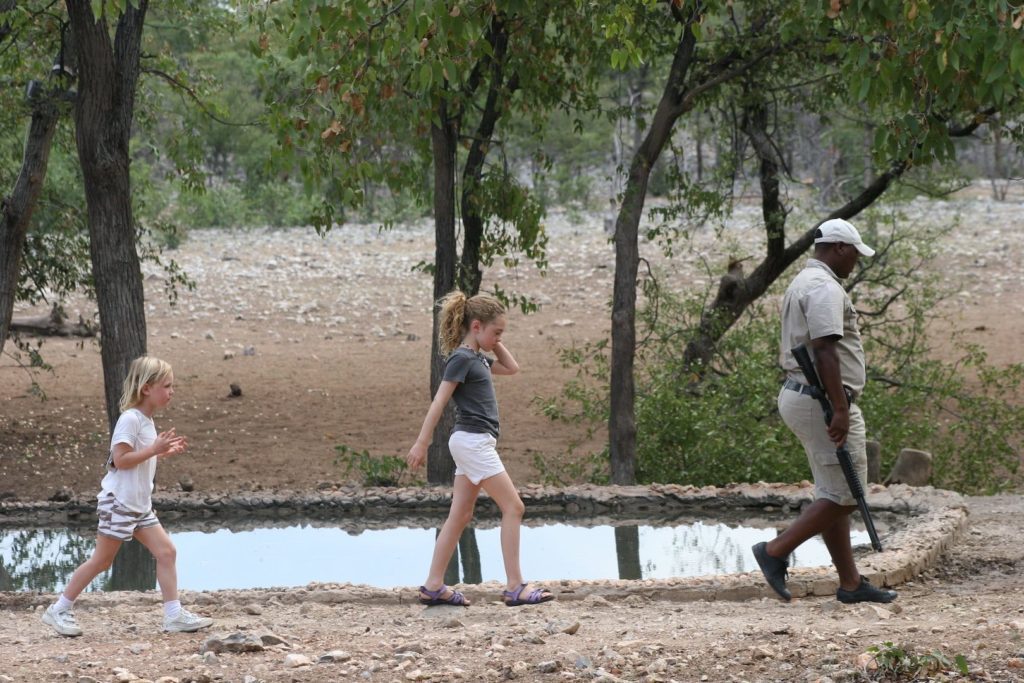
Without the sturdy steel protection of a vehicle, you are theoretically more vulnerable, yet your guides are the epitome of professionalism, presenting a safety briefing each morning and avoiding locations that could be more volatile. While bringing you within ample viewing distance of big game, they will equally ensure that a safe distance remains between you and the many creatures of the Mara.
Each day of a Maasai Mara walking safari incorporates four or six hours of gentle walking, always keeping pace with the slowest member and always with support, both from your guide and a vehicle if absolutely necessary.
Learn more: www.rothschildsafaris.com/family-travel/walking-safari-with-kids
As the wonderful writer and naturalist philosopher John Muir once said:
“In every walk with nature, one receives far more than he seeks.”
Taking the time to explore your destinations on foot, you may not travel nearly as far or as fast, but you will always witness a hundred times more. Talk to your Travel Designer about incorporating an aspect of self-propelled travel in your next itinerary.

